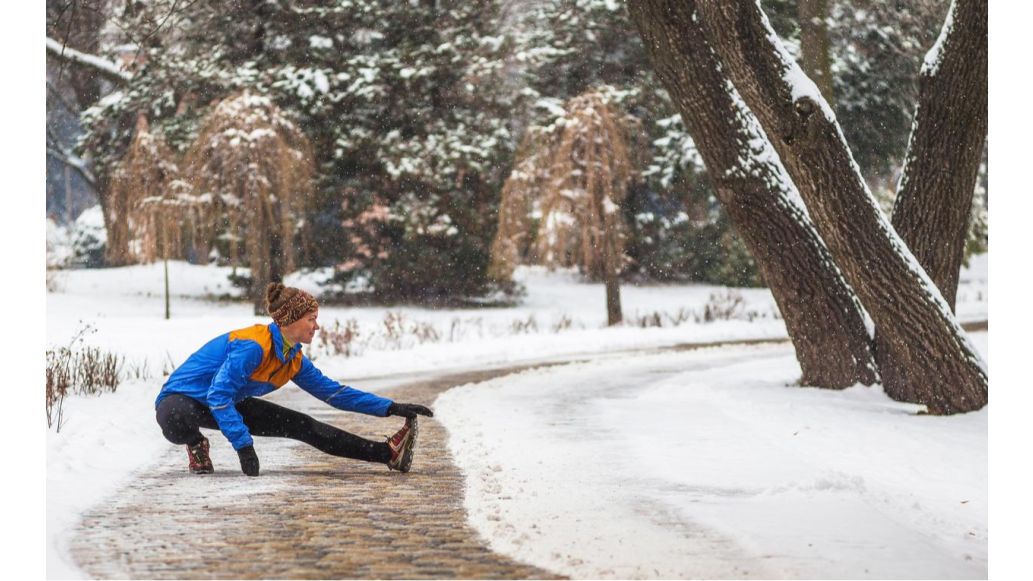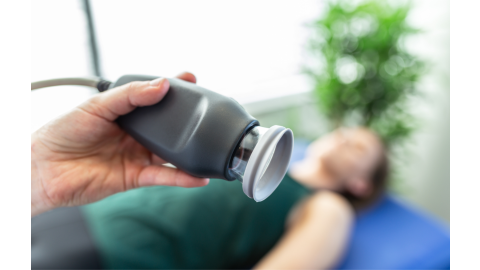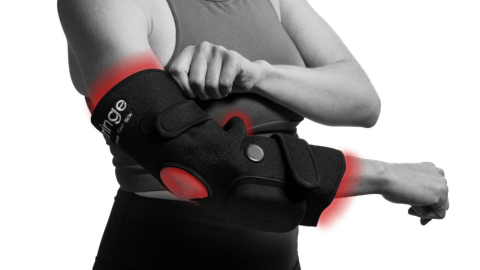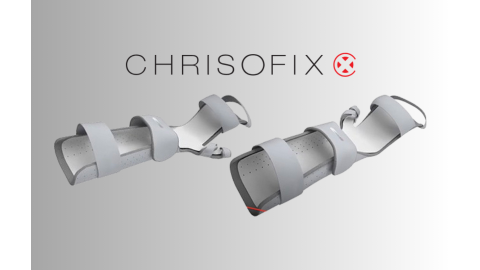Stretching is always an important step to working out, but it is especially important to warm up when the temperature makes you bundle up. Cold weather causes your joints and muscles to get tighter through the loss of heat, creating contractions. This can cause muscles to lose their range of motion, nerves to pinch more easily, and muscles to feel sore for longer than usual.1 However, proper stretching can limit these effects and keep your winter workouts on track.
Warm Up Longer
As the temperature drops, the time you spend warming up should rise. A good rule of thumb is when temperatures are between 35-45 degrees Fahrenheit, your warm up should last around ten minutes. If the temperature is lower than 35 degrees, add five minutes for every ten degrees lower.1 Don’t hesitate to take longer if your muscles are still feeling tight.
Move Around Before Stretching
Stretching right away may feel fine during warmer months. But when it’s chilly out, it is important to stimulate blood flow before stretching. A brisk walk or light jog will do the trick. If you are doing a series of exercises, you can do a quick, abbreviated version of your circuit to get those specific muscles warmed up.
Do Active Stretches
Once you have your blood flowing, you don’t want to lose that momentum. So, if you’re stretching outside, choose active stretches that will keep your entire body moving, such as jumping jacks, jump rope, or lunges.
Stay Loose
As you are working out, make sure to keep your blood flowing at all times. If you have a brief pause because of something like a stoplight, jog in place. If you take a break in the middle, make sure to properly warm up again to prevent injuries.
Stay Hydrated
You may not feel as thirsty in cold weather, but it is more important to hydrate when it’s cold out because cold air is drier than warm air.
Cool Down
After your workout, you may not feel a cool down is necessary, but it is. Now is the time to do reach and hold stretches, as opposed to active stretches, to lower your heart rate and begin to relax your muscles. This should improve your muscles range of motion and reduce soreness in the future.
Cold weather doesn’t mean you should be taking the winter month off from your workouts. Research has actually shown that cardio in the cold can burn more energy and lead to less brown fat.4 All it takes is a deliberate warm up to limit soreness and injury, keeping your workouts on schedule.
References
- Greviskes, A. (n.d.). Cold Weather Workout: Warm Up to Prevent Sore Muscles. Retrieved January 7, 2020, from https://wb.md/2uGOIcV
- Manning-Schaffel, V. (2018, January 13). How to work out in cold weather. Retrieved January 7, 2020, from https://nbcnews.to/384yadw
- The Importance of Stretching in Cold Weather. (2015, December 16). Retrieved January 7, 2020, from https://bit.ly/2tSm4p4
- van der Lans, A. A. J. J., Hoeks, J., Brans, B., Vijgen, G. H. E. J., Visser, M. G. W., Vosselman, M. J., … van Marken Lichtenbelt, W. D. (2013, August 1). Cold acclimation recruits human brown fat and increases nonshivering thermogenesis. Retrieved January 7, 2020, from https://bit.ly/2QOvUkM
Medical Disclaimer: The information provided on this site, including text, graphics, images and other material, are for informational purposes only and are not intended to substitute for professional medical advice, diagnosis or treatment. Always seek the advice of your physician or other healthcare professional with any questions or concerns you may have regarding your condition.








 France
France Australia
Australia





